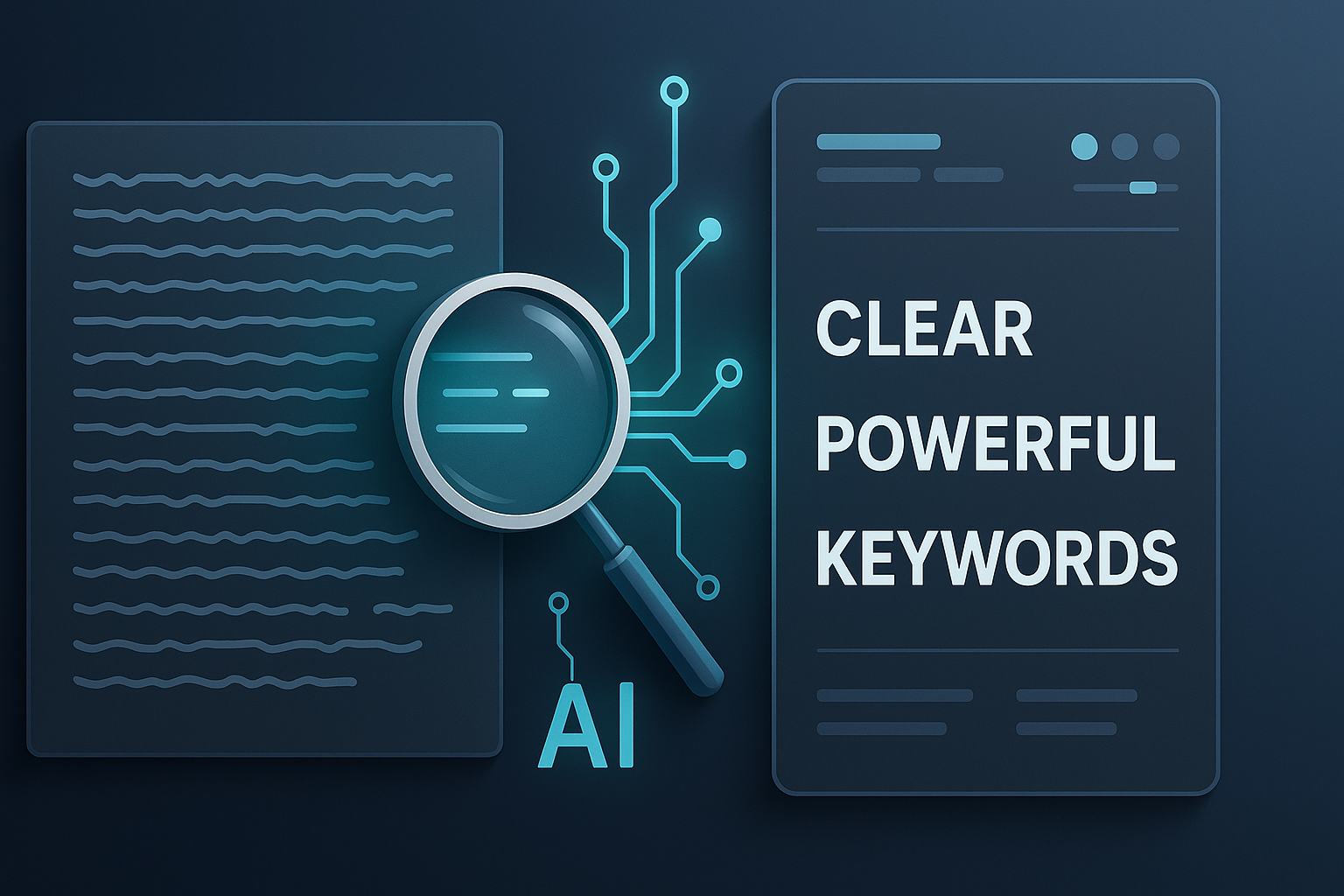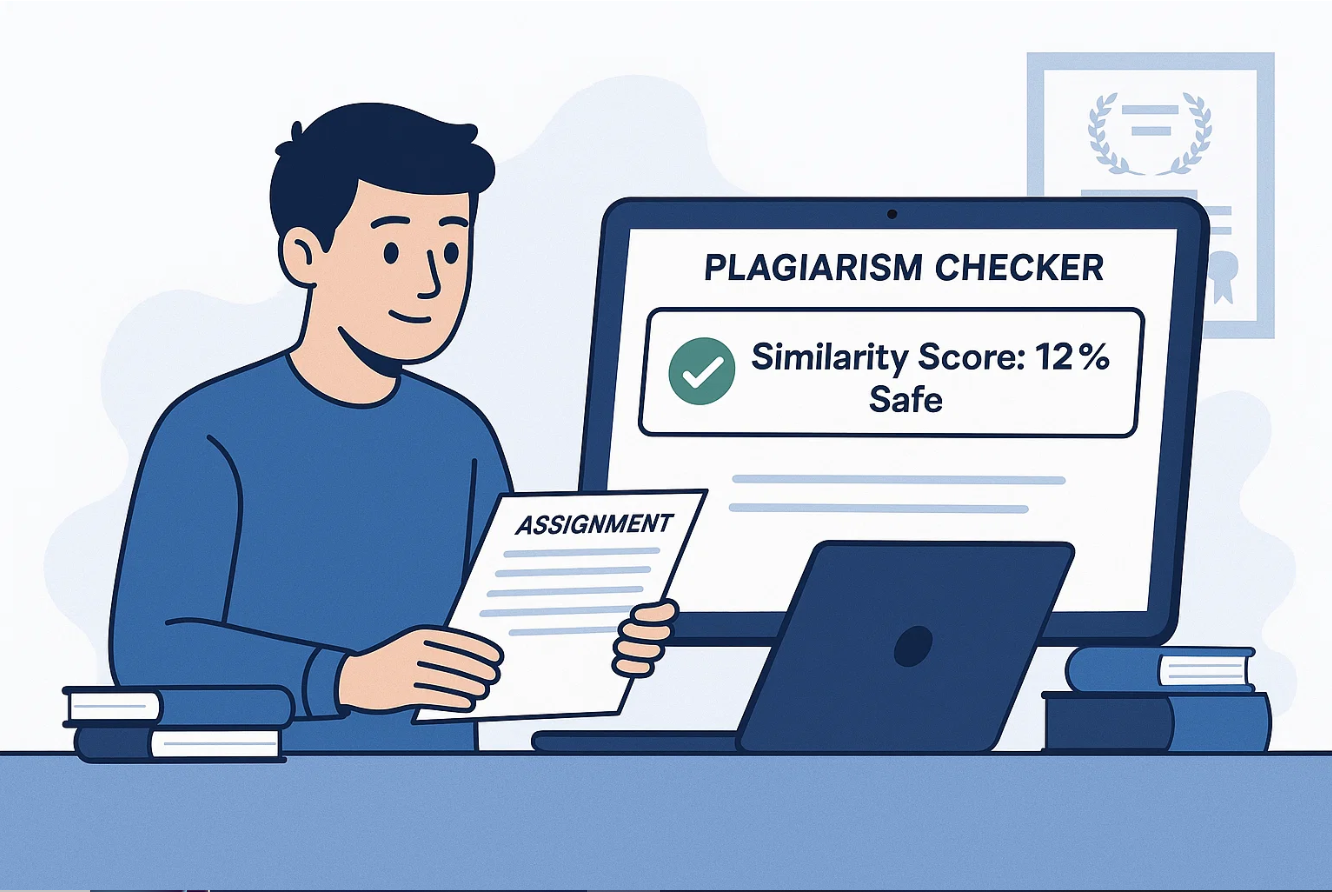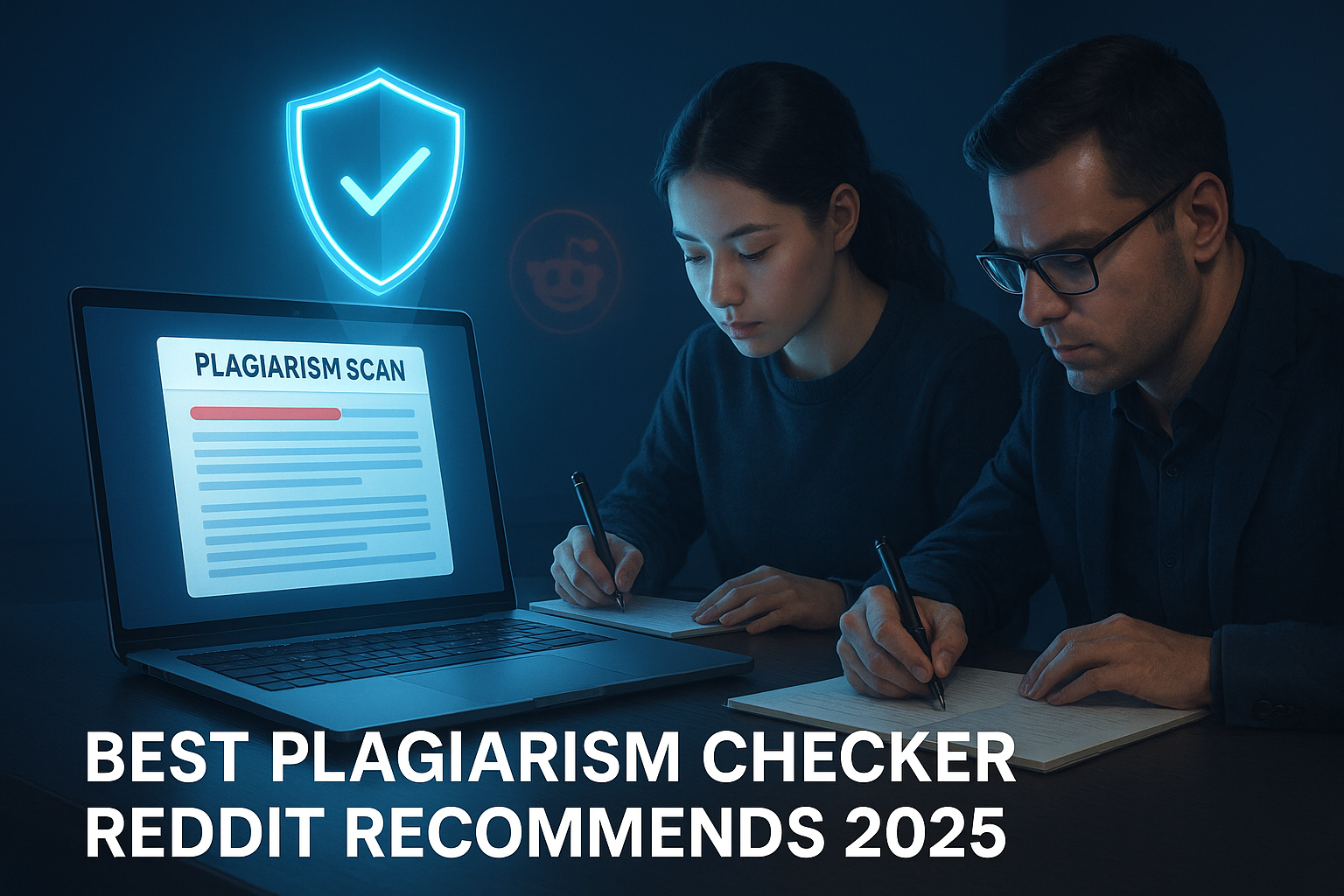The Paperpal Plagiarism Checker is a cutting-edge AI-powered tool designed for students, researchers, and professionals who want to ensure their writing is 100% original. Unlike free plagiarism tools, Paperpal scans millions of academic sources, detects paraphrased overlaps, and integrates with journal submission workflows. In this guide, you’ll discover how it works, why leading universities recommend it, and actionable steps to secure publication success.
Why Plagiarism Checking Is Non-Negotiable in 2025
Academic and professional credibility depends on originality. Journals and institutions now use multiple AI detectors before approving submissions. A single plagiarism flag—even unintentional—can:
- Delay publication by 3–6 months
- Damage your academic reputation
- Lead to outright rejection
📊 Fact: According to the 2024 Global Research Integrity Report, 7 out of 10 rejected papers contained plagiarism that could have been prevented with a professional plagiarism checker.
Bottom line: If you’re serious about publishing, you need a trusted tool like Paperpal.
What Makes Paperpal Plagiarism Checker Different?
The Paperpal Plagiarism Checker isn’t just another copy-paste detector—it’s a research-first originality solution.
- ✅ AI-Powered Contextual Analysis → Detects hidden paraphrasing & AI overlaps
- ✅ Largest Academic Database → Journals, dissertations, books, and conference papers
- ✅ Publication-Ready Reports → Highlighted matches with source links and citation fixes
- ✅ Real-Time Writing Assistance → Grammar, style, and clarity checks alongside plagiarism
📌 Unlike Grammarly (best for bloggers) or Turnitin (restricted to universities), Paperpal is built for individual researchers and professionals.
Step-by-Step Guide: How to Use Paperpal Plagiarism Checker
- Upload your document (Word, PDF, or direct paste).
- Run the AI-powered similarity scan → Deep check across academic + web databases.
- Review flagged content → See overlaps with exact source links.
- Fix issues immediately → Paraphrase, cite correctly, or remove flagged text.
- Re-check before submission → Aim for a similarity score under 10–12%.
💡 Pro Tip: Journals like Elsevier and Springer typically recommend <10% similarity for smooth acceptance.
Mini Case Study: From 23% Similarity to Publication Success
Dr. Ayesha, Renewable Energy Researcher (University of Karachi)
- Uploaded her 7,000-word paper → Similarity score: 23%
- Paperpal flagged improper paraphrasing & missing citations
- After edits → Score dropped to 6%
- ✅ Paper accepted by Elsevier journal without revision delays
👉 Lesson: Paperpal doesn’t just detect issues—it guides you to fix them.
Paperpal vs Other Plagiarism Checkers
| Feature | Paperpal | Turnitin | Grammarly |
|---|---|---|---|
| Academic database coverage | ✅ Excellent | ✅ Excellent | ❌ Weak |
| Paraphrase & AI detection | ✅ Advanced | ⚠️ Limited | ❌ Basic |
| Individual researcher access | ✅ Yes | ❌ No | ✅ Yes |
| Writing improvement tools | ✅ Built-in | ❌ None | ✅ Limited |
| Best For | Academics, PhD Students, Professionals | Universities only | Bloggers, casual writers |
Frequently Asked Questions (FAQ)
Q1: Is Paperpal free to use?
It offers a free trial, but advanced similarity reports require a premium plan.
Q2: Can Paperpal detect AI-generated text (ChatGPT, Gemini, etc.)?
Yes. Its AI scanning identifies overlaps from AI-written content, ensuring authenticity.
Q3: Is it accepted by global universities and journals?
Yes. Many leading journals recommend Paperpal as a pre-submission integrity tool.
Final Takeaway: Why You Should Use Paperpal Before Submitting Any Work
If you’re preparing a research paper, thesis, or grant proposal, the Paperpal Plagiarism Checker is your first line of defense. It protects against accidental plagiarism, ensures compliance with journal standards, and increases your chances of faster acceptance.
👉 Action Step: Don’t risk rejection. Run your next paper through Paperpal before submission—it’s the difference between delay and recognition.






